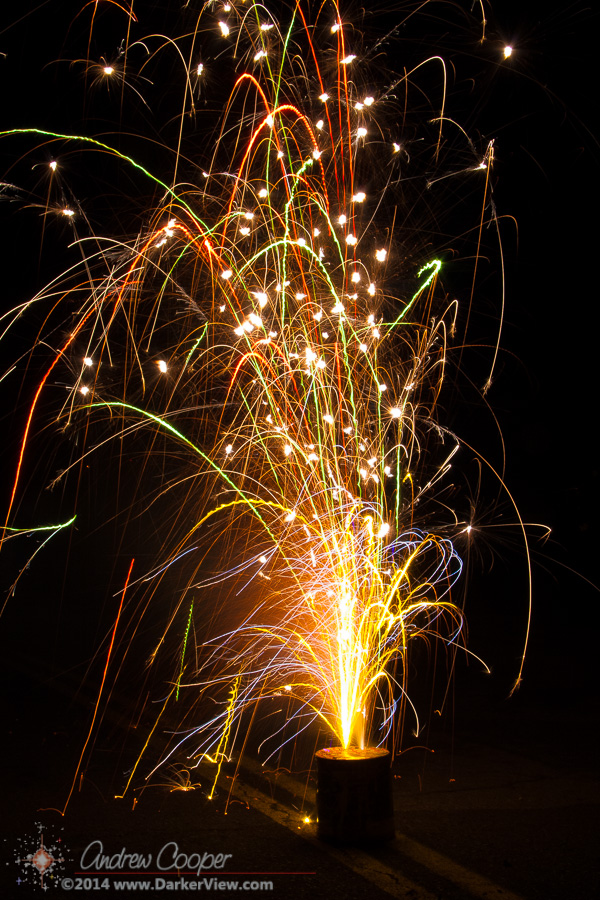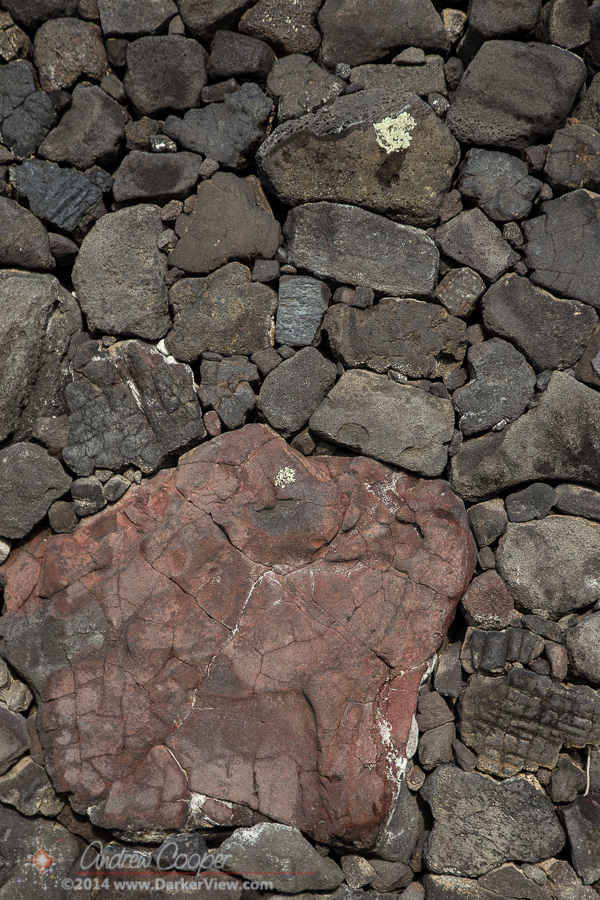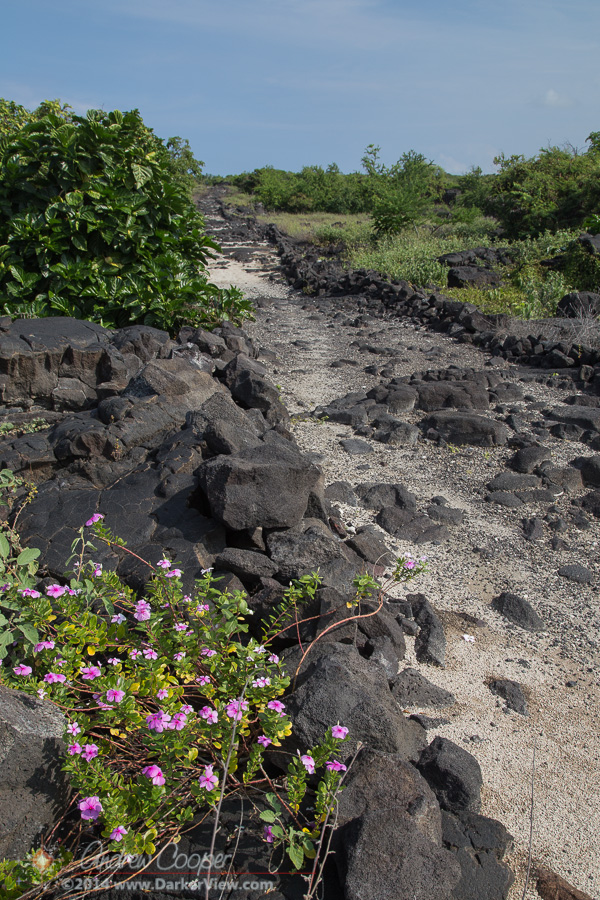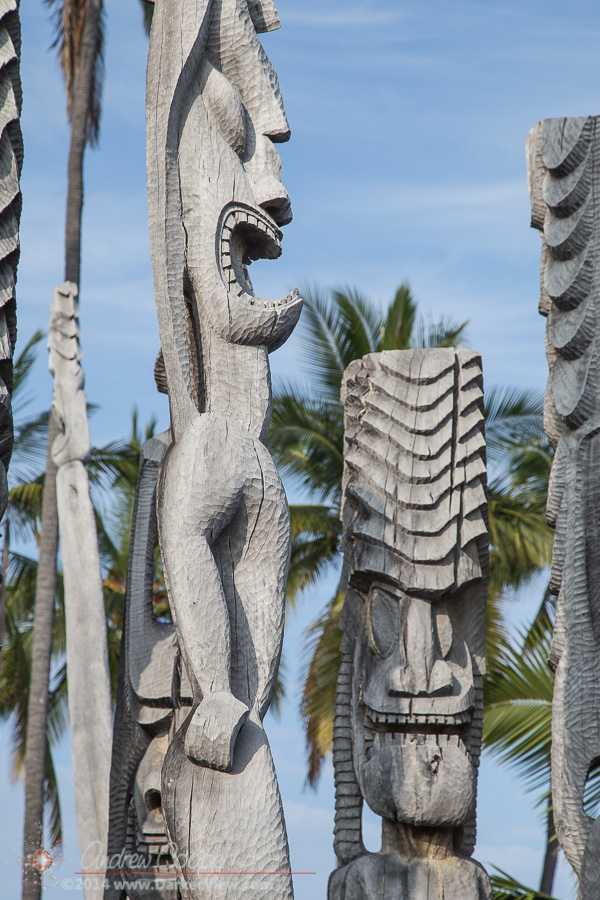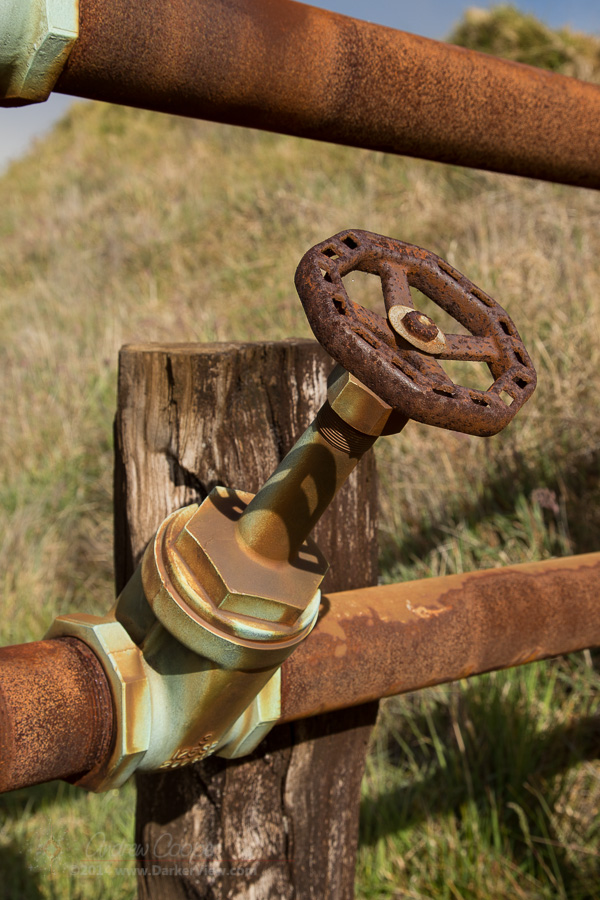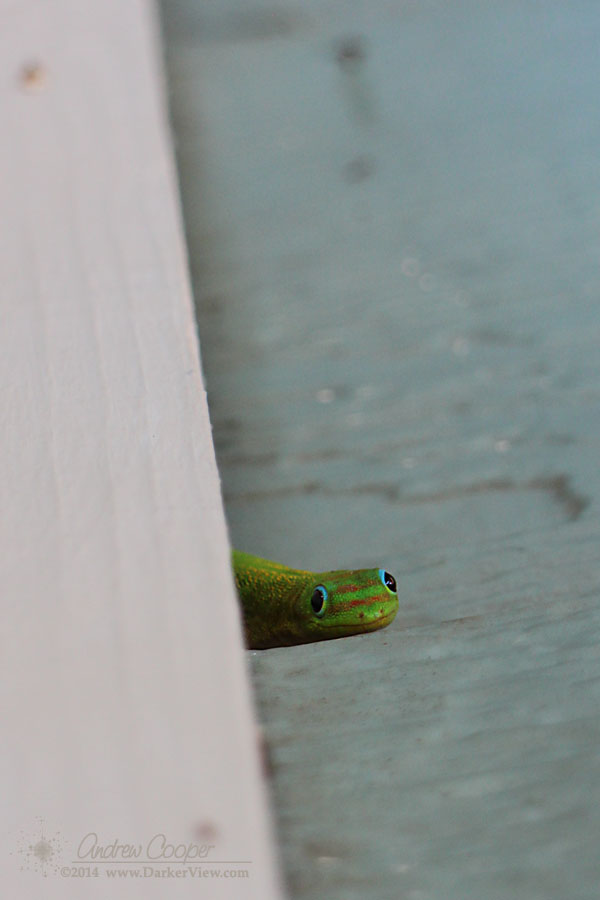
Category: Hawai’i
Exploring the islands
Thirty Meter Telescope Begins Construction
Following the approval of a sublease on July 25 by the Hawaii Board of Land and Natural Resources, the Thirty Meter Telescope (TMT) announces the beginning of the construction phase on Hawaii Island and around the world throughout the TMT international partnership. Contingent on that decision, the TMT International Observatory (TIO) Board of Directors, the project’s new governing body, recently approved the initial phase of construction, with activities near the summit of Mauna Kea scheduled to start later this year.
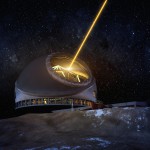
“It has been an amazing journey for TMT, from idea to shovel-ready project,” said Henry Yang, TIO Board Chair and Chancellor of the University of California Santa Barbara. “We are grateful to the Gordon and Betty Moore Foundation, the Hawaiian government, its citizens, and our project partners in bringing this important astronomical science effort to fruition. It is also my rewarding experience to work with so many community friends, University of Hawaii colleagues, and officials on both the Big Island and Oahu in this journey.”
Continue reading “Thirty Meter Telescope Begins Construction”
Postcard from Hawaiʻi – Stonework
Mouse in the House
Well? Mice actually… A lot of them.
Continued wet weather has kept the landscape green and allowed the weeds in my yard to multiply. It has also permitted a population explosion in the local mouse community here in Waikoloa. Now they are getting into the house.
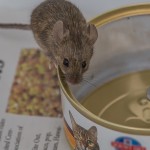
Our cats had never caught a mouse before, we were not really sure that they would hunt mice. They are a terror for the geckoes and cockroaches. This worry was quickly laid to rest when the first mouse was killed. Multiple mice later and it becomes apparent that the hunting instinct is strong.
The garage had been forbidden territory, the cats kept out to keep them from getting into trouble. With the mice appearing that decision has been rescinded. The current morning routine is feed the cats, then open the garage door. Both felines immediately disappear into the garage. They may appear briefly to be fed, then it is back on post monitoring the rich hunting grounds of the garage.
The cats have shown their hunting prowess by putting the human to shame. My traps have only led to the capture of a single mouse. Currently the score is cats five, human one. I expect the score to rise far higher in the coming month.
Our well fed cats do not typically eat the mouse, but rather play with it until dead. Only one mouse has been recovered from the cats in good shape. Time to take another walk to the field above the house for release, after a few portraits.
We are not alone in our mouse issue, the entire village is being invaded. Elsewhere along the Kona coast it is much the same. I heard from my boss, who’s wife works at the macadamia nut processing facility in Kawaihae, that the mouse catch has risen from the usual handful, to over a hundred mice caught each day.
I had hoped the weather was drying out, that hope has been dashed by the breakup of a tropical storm and another rainy weekend. The mice will keep coming for a while. The humans may not appreciate this, the cats however…
July 20 Update: Human 3 Cats 5!
http://darkerview.com/wordpress/wp-admin/post.php?post=13890&action=edit#
July 22 Update: Humans 4 Cats 6… Cats assessed a penalty, the mouse was let loose in the kitchen! Humans recover the fumble, caught in trap behind stove and released away from the house. New score Humans 5 – Cats 5… The score is tied!!.
July 23 Update: Humans 5 Cats 6 Evidence that humans missed one in trap as it ate all bait and got out…
July 27 Update: Humans 5 Cats 13 This is getting old, the mice just keep coming. At least one learned how to rob me of the bait in the traps, hopefully that was one of the three the cats got today.
July 29 Update: A mouse caught by Electra escapes in the bedroom, not recovered despite a major mousehunt by humans and cats. Sticky traps deployed.
July 30 Update: Two mice in one trap in the garage! Humans 7 Cats 13. Later in the day another mouse caught by a cat escapes in the bedroom. Caught by one of the sticky traps… Humans 8 Cats 13.
Final Update a month later… Humans 18 cats 16, we pull it out at the end. A few more traps deployed makes a difference. The mouse plague seems to have ended… For now.
Postcard from Hawaiʻi – Historic 1871 Trail
Postcard from Hawaiʻi – Kiʻi
Sea Chair
A wonderful little film and a neat idea. I will not spoil the effect by explaining here. Watch the film!
Sea Chair from Studio Swine on Vimeo.
The film truly highlights the problem of plastic pollution in the ocean. Modern plastics do not decompose readily, but persist in the environment for decades. This is a problem that deserves more attention and should be in the mind of anyone who treasures our seas.
Apparently the biggest problem is not the large pieces of plastic like those used in making the chair, but rather the microplastics. Under the influence of wave and sunlight, plastic slowly breaks down into smaller and smaller bits. These are sand size or smaller granules that have come to pervade the entire ocean. The granules are easily ingested by the smaller creatures of the plankton community, the food on which all ocean life depends.
Walking a Hawaiian beach you see some plastic, even far from the major urban sources of this pollution. Walking the tide-line on any beach or cove reveals small bits of colorful plastic. There is not a lot, but it is always there.
Walking the 1871 Trail
A few hours free in Kealakekua… What to do. Drive down the Puʻuhonua O Hōnaunau National Historic Park? Why not? Have camera will travel.
My goal was not to visit the sanctuary itself, I have been here several times. Instead, my plan was to walk the 1871 trail south along the shore, something I had never had a chance to do. I did start at the sanctuary, passing through and shooting a few photos of Kiʻ i before heading south.
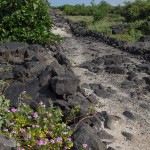
The trail is what was called a two-horse trail, wide enough for two horses to pass with room to spare, about eight feet wide. A curb of stone runs along both sides, while the roadbed between is cleared of rock and sometimes filled with sand or gravel to level the worst pits. In places the trial is built up to cross low areas with substantial stonework. The result reminded me in many ways of Roman roads in Europe, built to a similar pattern and cutting straight across the landscape.
On both side of the trail there are numerous remains of the ancient settlements. Stone walls and raised platforms reveal what was once a thriving settlement along the shoreline. There is the foundation of John Ahu’s house, complete with a cistern and an old grave. The remains of the ʻŌmaʻo Heiau, a hōlua slide and more are alongside the trail as you proceed. Ask at the visitor center desk for a guide to the various points of interest along the trail.
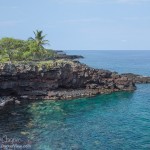
About halfway the trail is built against a small sea cliff. A large stone ramp was constructed to allow travelers to ascend the cliff. The amount of stonework serves to highlight how much work went into building this coastal access trail.
The south boundary of the park is a mere 0.8 mile along the trail, an easy stroll. Perhaps add a couple points of difficulty for the rough, rocky nature of the trail. It takes about half an hour to reach the abandoned fishing village. From there the trail continues south, out of the park. It becomes substantially overgrown, the path reduced to a cut through the brush with the occasional branch to push aside. I proceeded a bit further, but became rather annoyed with the amount of spider web I was accumulating.
As I sit amongst the abandoned stone walls of Kiʻilae Village it is interesting to imagine what the scene would have looked like a well over century ago in the 1870’s. A thriving settlement with travelers coming and going along the trail. Fishermen carrying their catch home, village women doing the chores and shopping, the tasks of life that never really change. Perhaps a royal procession going north to the temples at Puʻuhonua O Hōnaunau. The period was an interesting one, when western ways were mixing with the ancient patterns of life in the islands.
If you have some time while visiting Puʻuhonua O Hōnaunau, take an hour and walk the old trail. The scenery alone makes it worthwhile, with a bit of history thrown in.
Fireworks
Happy birthday America…
